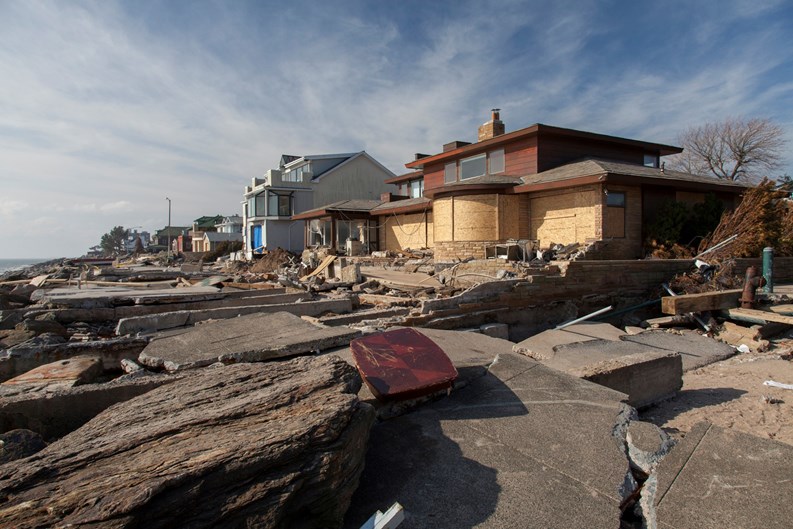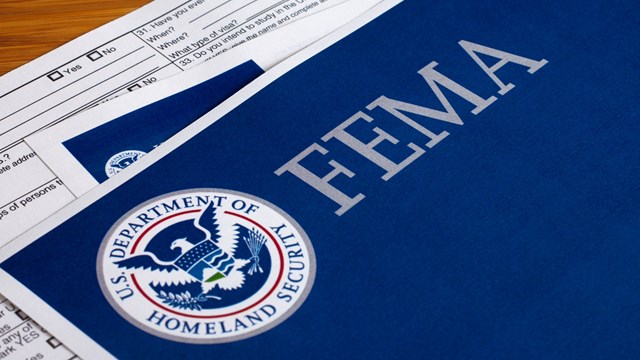Almost five years have passed since Superstorm Sandy slammed the East Coast and caused major havoc and destruction, reportedly resulting in 117 deaths and an estimated $65 billion in damages. For many affected people in New York and New Jersey, the memories of that fateful evening of Oct. 29, 2012 remain, from the loss of electricity and downed trees to forced evacuations and the destruction of homes.
It wasn’t the winds or rain that had the most devastating effect on the city; it was the storm surge. According to the June 2013 report titled “A Stronger, More Resilient New York” published by the City of New York, 51 square miles of the Big Apple were flooded, equaling 17 percent of the city’s total land. The report counted 88,700 buildings in this inundation zone—buildings containing more than 300,000 homes and approximately 23,400 businesses. “In many places, it was not only the extent of flooding that was significant; it was also the depth of floodwaters. Water heights of several feet above ground level were prevalent in many coastal areas. Near Sea Gate, on the Coney Island peninsula in Brooklyn, the water reached 11 feet above ground level, and at Tottenville on Staten Island, they rose to 14 feet.”
In New Jersey, coastal regions in the state were hit hardest, with mandatory evacuations of many towns along the Jersey Shore. Cities along the Hudson River from Jersey City to Hoboken experienced massive flooding as well. One state report said that the event emphasized “the need for a thoughtful and comprehensive long-term recovery process.”
Now as the five-year anniversary of the storm’s arrival approaches, some area residents and communities are still picking up the pieces.
Sandy’s Impact on New York Multifamily Residences
According to the report “Sandy’s Effects on Housing in New York City” by New York University’s Furman Center for Real Estate and Urban Policy, “Of the 302,000 housing units in the surge area, 70 percent are located in multifamily properties with more than 4 units.”







Leave a Comment